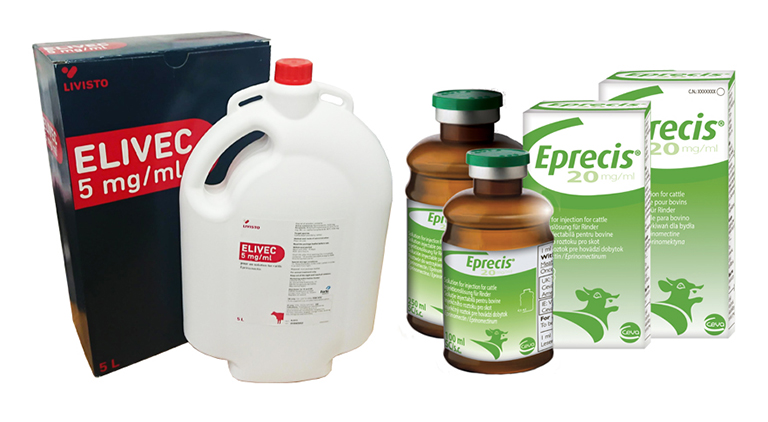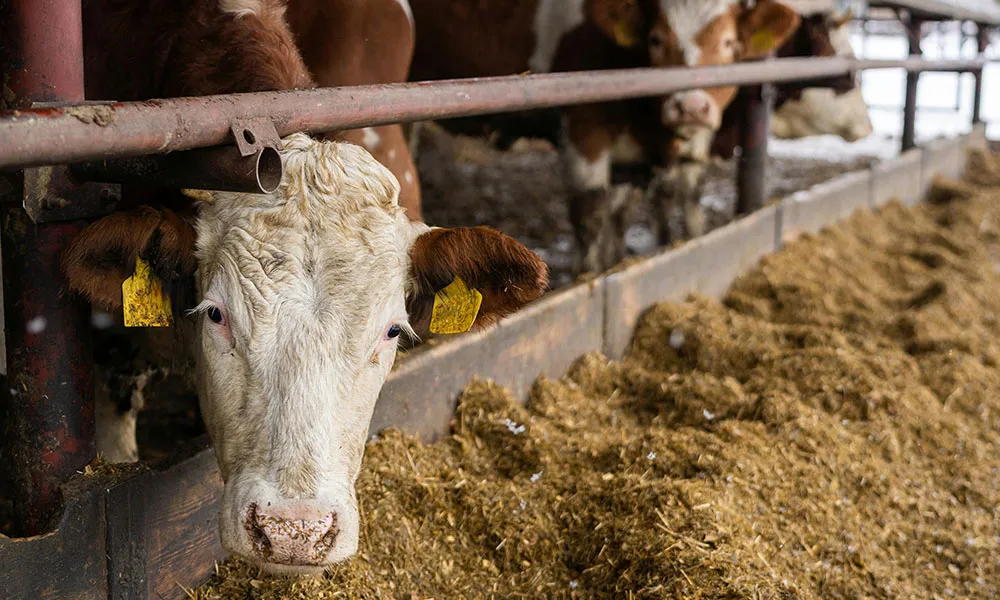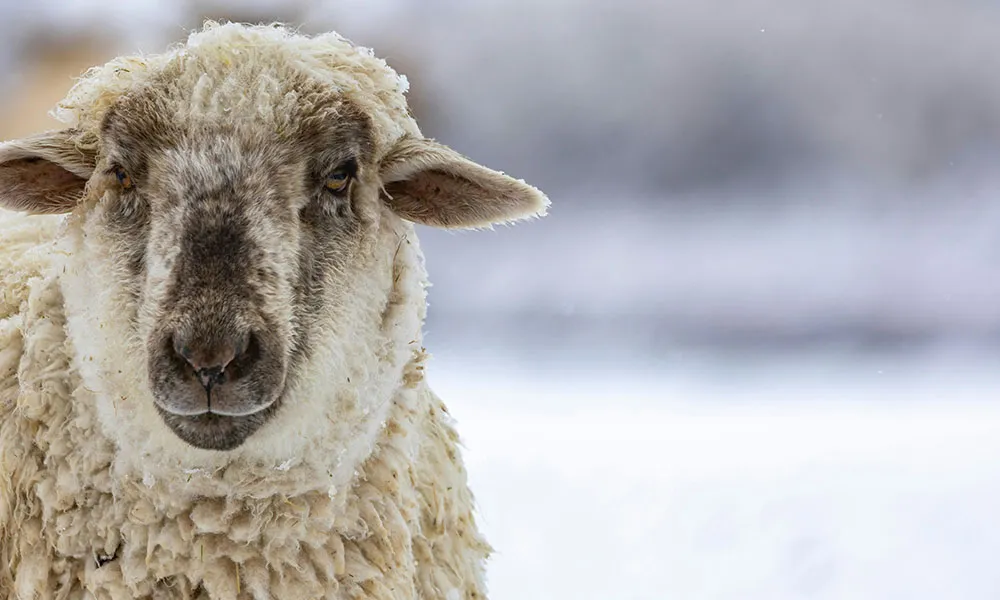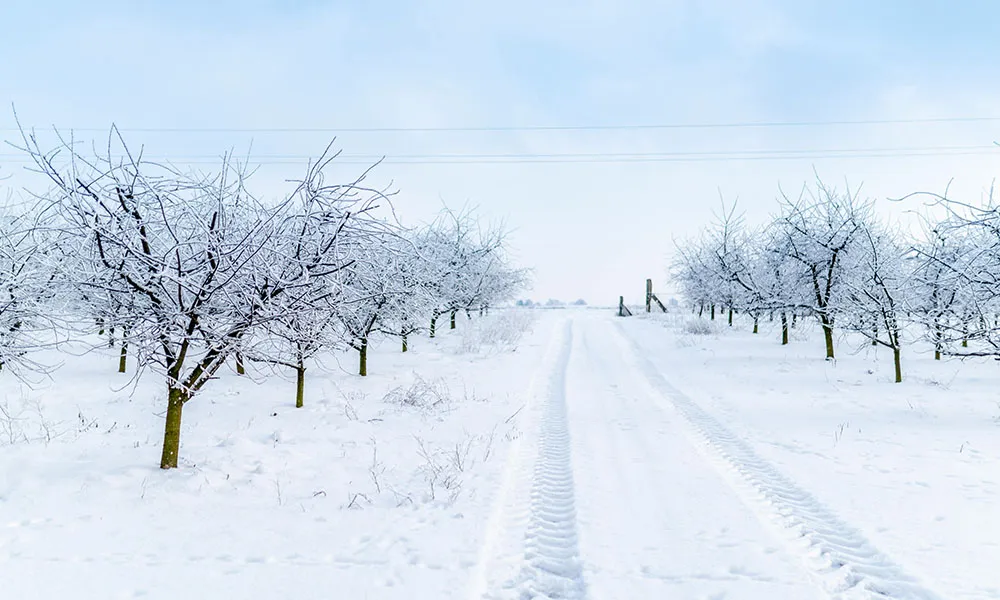
Autumn is well and truly underway. Temperatures dropped significantly in recent weeks and grass growth is now very limited. Those of us who still have spring-born calves on the farm must think about moving them on before the start of housing season.
However, we should remember that selling weanlings requires some preparation. In the first place, it is important that you identify any calves that are now ready to be weaned. Weight is really the best guide when making this decision. The target weight for calves at point of weaning is around 250kgs. Smaller or weaker calves may require a bit longer with the cow, as will calves born later in the spring or early summer.
The weaning process: the keys to success
The best available research shows that healthy weanlings should gain about 1kg a day in the weeks prior to sale. To achieve this, it is a good idea to wean animals gradually. Sudden and permanent removal from the dam places enormous stress on calves, and should be avoided. At the same time as calves are being weaned, meal should be introduced to their diet. This will facilitate the transition away from milk and towards substitutes.
Dosing
In the weeks prior to weaning, it is crucial that you dose your calves for lung and stomach worms. When it comes to worm management, there are many excellent options available on the market. Among the most popular options are Elivec, Zeromectin and Eprizero. For those who prefer an injection to a pour-on, Eprecis is a highly effective treatment for both lung and stomach worms.
Meal
Research shows that feeding meal to weanlings is a good idea, primarily because it results in rapid weight gain at a time when animals would otherwise struggle to lay down muscle. According to Teagasc, for each 6kg of meal a calf consumes, he will gain an extra 1kg in live weight. This is an impressive conversion rate, and should make meal-feeding economically viable (even with current inflation rates!).
Given that grass is still plentiful, you should also ensure that weanlings have access to plenty of fresh pasture. Many farmers recommend creep grazing at this time of year (i.e. giving calves access to grass that can’t be accessed by cows and other larger animals).
It is important not to overfeed on meal. Instead, meal should be viewed as a useful supplement to grazing in the weeks prior to sale. For this reason, it is better to feed weanlings from measured troughs rather than creep feeders. On average, bull calves should be getting about 2kg of meal per day, while heifers should get by on 1-1.5 kg per day.
Stress Avoidance
We have all endured those long nights of bawling at this time of year, as calves recently separated from their dams lament their losses. Aside from being an annoyance to the farmer, this sudden separation is also very damaging to the weanling’s health. When suddenly separated from their mothers, weanlings tend not to eat for several days. You will want to avoid this wherever possible.
Therefore, the best approach – as mentioned above – is to wean gradually. Allow calves to suck once per day, and make up the difference with meal etc. As time goes by, you can push the intervals between sucks out to a couple of days. While this may seem like a lot of extra hassle, it will be worthwhile in the long run. Calves weaned in this way tend to do much better than those who go through the sudden stress of immediate weaning.
Thanks for reading
So those are our thoughts on the best approach to autumn weaning. But what do you think? Please let us know in the comments section. Here at Agridirect.ie, your opinions are always valued. We want to provide a space where farmers can share their experiences and knowledge.











